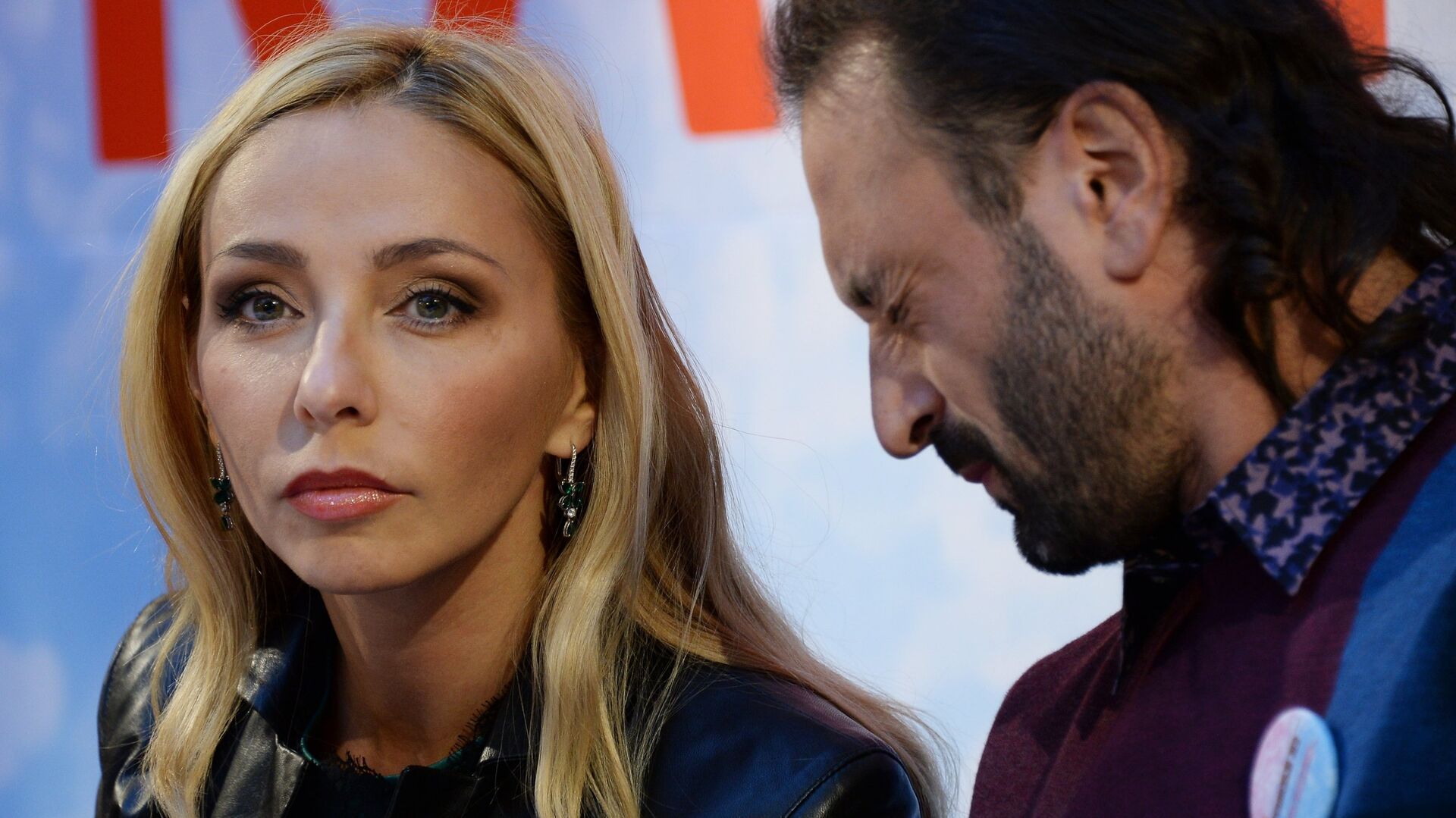
br>
In an interview with Evgenia Medvedeva for her YouTube channel, Ilya Averbukh raised an interesting topic — about his competition as a producer of ice shows with Tatiana Navka and Evgeni Plushenko. The subject of an unspoken struggle is the best artists and the audience. Due to the abundance of tours, overlapping ideas and compositions, the viewer, as Averbukh fears, may get tired of going to performances. From which absolutely everyone will lose in the end.
Lately there really has been a feeling that viewers are overfed. Almost every weekend you can see approximately the same athletes in the show, either under the guise of Averbukh, Navka or Plushenko. In Moscow, on open-air skating rinks in the center during the New Year holidays, performances take place several times a day, in summer Sochi — every day. The athletes themselves notice that they have become less accepted in some cities. Of course, no one is throwing tomatoes, it’s just that against the backdrop of former sold-out houses and excitement, the halls sometimes seem thinned out and quiet.
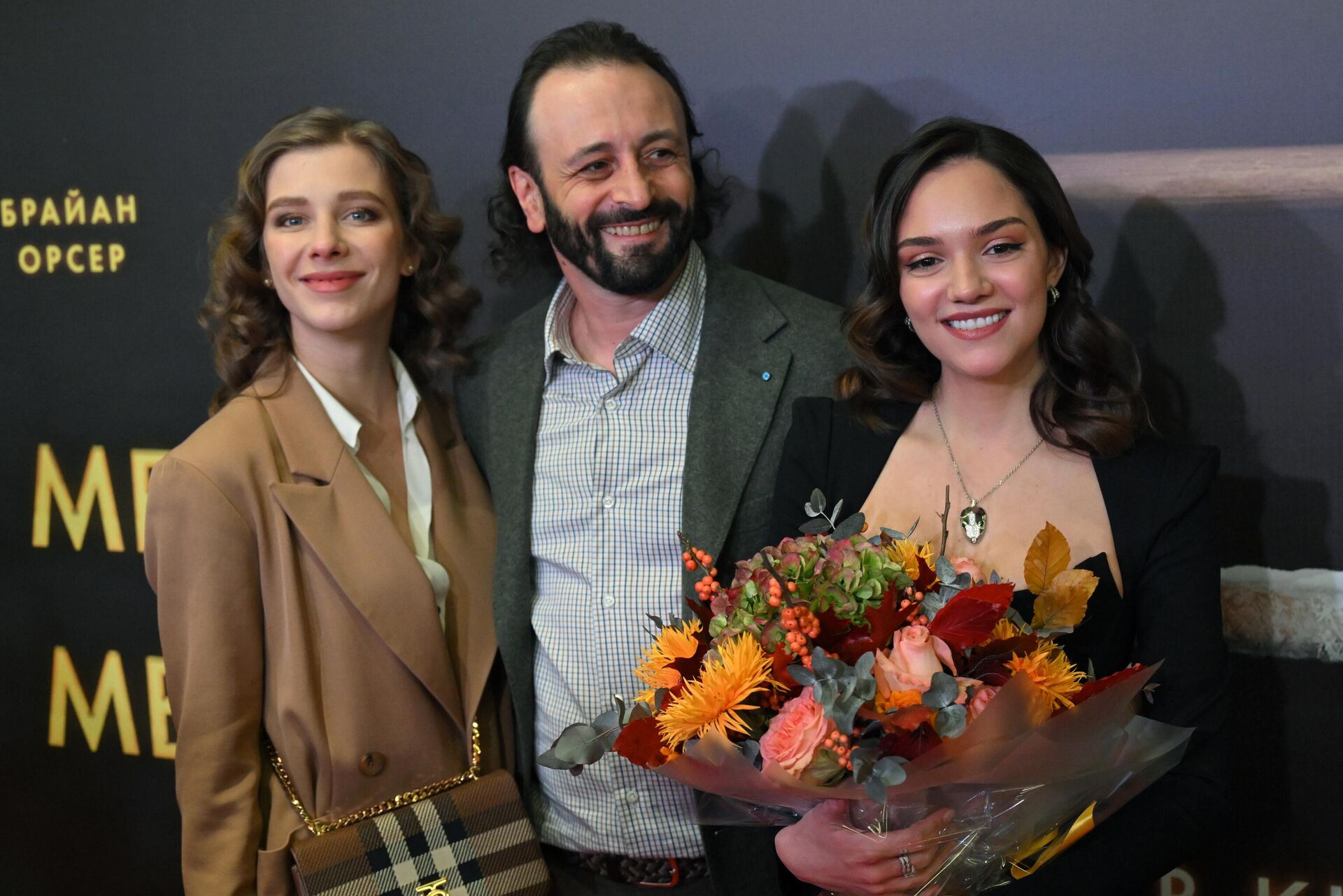
Even 25 years ago in Russia, the ice show industry was just in its infancy. After the Olympics in Salt Lake City, the silver medalist of the Games, Ilya Averbukh, collected all his prize money over the past two seasons and decided on an adventure — to invite Russian champions from America and take them throughout Russia. The adventure was a success: although Averbukh lost all the money invested, he saw with his own eyes how gratefully the audience accepted it.
Then there were the first seasons of «Ice Age» with a boom of mass interest and constant broadcasts on the main channels in prime time. The country is hooked on figure skating. Rivers of small children flowed into the sections, crowds of fans went to storm the skating rinks. Then there was the Olympics in Sochi and all the recent great past of Russian figure skating up to the Olympics in Beijing.
Suddenly, athletes discovered a lot of opportunities for earning money both after leaving sports and during their careers — they can give individual lessons, conduct master classes for large groups, stage programs, and get benefits from their media exposure. And finally, perform in ice shows.
So willing demand and active supply met at one point, which turned into a giant market. In addition to Averbukh, Pyotr Chernyshov, Tatyana Navka, and Evgeni Plushenko began performing their shows on the virgin soil he plowed. Their format is performances on ice. Eteri Tutberidze, Alexey Mishin and even the Russian Figure Skating Federation periodically organize tours with individual numbers that are not united by a common meaning.
The choice is truly huge. If you want, watch figure skaters in large ice palaces, or at an outdoor skating rink on Red Square, or even at a roller skating rink in the summer—roller skating performances also exist. It's almost impossible to find a current or former skater who hasn't been involved in at least one show. The majority generally perform constantly.
When the market expanded, producers had a delicate question — how to divide the athletes among themselves. The main stars, Olympic champions, are expensive, and their number is limited, and new ones will not appear in the near future. Stars are lured by fees, friendly connections and shared professional experience.
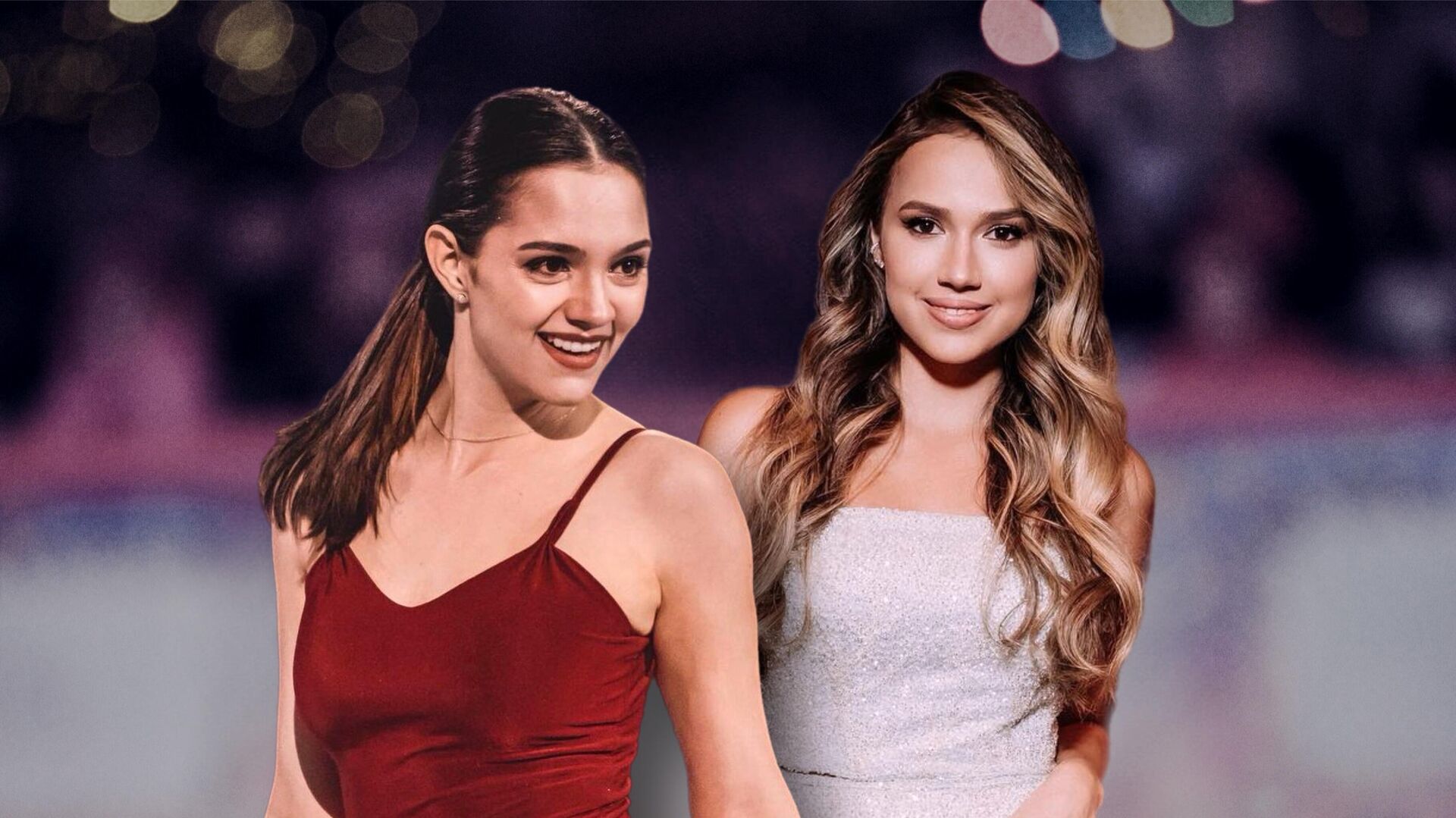
Everyone has their own main muses. Trusov is with Plushenko, Zagitov is with Navka, Medvedev is with Averbukh. But most artists still manage to do it everywhere. This is how a phenomenon arises that irritates Ilya Averbukh — the same skaters perform under all “brands” at once. As a result, exclusivity is lost, and producers, instead of generators of ideas and capital, become like cashiers who simply collect money.
In general, many profit-oriented businessmen would be completely satisfied with this situation. One way or another, the cash register will still fill up, so they would clip coupons with pleasure. But Averbukh was always first and foremost a creator. What matters to him is “how” and “what’s special”, only then “how much”.
But this approach of chasing exclusivity allows you to play for the long haul, and all market participants understand this. You can't be commercially successful for many years if you don't work on the product. That is why Ilya Averbukh is staging the fairy tale “Cow on Ice” — a fundamentally new chamber story not from the golden fund of sold shows. Evgeni Plushenko in the promotion of his projects uses unique underwater filming, gives athletes longis to fly under the ceiling, and attracts ballet. Tatyana Navka herself goes on the ice in her performances, makes phenomenal costumes like those from the Bolshoi Theater and adds elements of circus art to the show.
Averbukh’s fear that anyone can offer athletes a large fee and organize their own show named after the conditional Vasya Pupkin is, by and large, groundless. Because this market has a very high barrier to entry, which Ilya himself confirms. In 2024, to make an ice show, you need connections and a lot of money. You won’t get by with 30 thousand dollars, as he had in 2002. Moreover, only a person from the party is capable of doing this — top skaters will not go to someone else. » />
That is, in the foreseeable future, it is unlikely that anyone else will appear among the ice producers. Everyone who has the inner drive and financial opportunity is already in business. Competition will not become more intense, but it will not disappear either. This means that Averbukh will have to continue to coexist with Tatyana Navka and Evgeni Plushenko, coordinating tour schedules and trying to be the first in the season to “stake out” something from the golden fund — “Nutcrackers”, “Cinderella” and “Swan Lakes” invariably collect the largest box office.
Yes, remember with slight nostalgia the old free times. When the best figure skaters in the world he invited, all legends and champions, traveled around the country on a bus with rows of rear seats removed. It was possible to throw sleeping bags on the free space, so we slept in turns — some sitting, some lying down. In general, conditions on tours 20 years ago were not at all stellar. The ice rinks were falling into disrepair, and the hotels had more cockroaches than rooms, but what does that matter to a pioneer?
It's not like the grass was greener before. It’s just that Averbukh’s bus, figuratively and literally, was at the very beginning of his path to his dream. The passionate desire to be the first to do something is the most inspiring feeling in the world. And he succeeded.

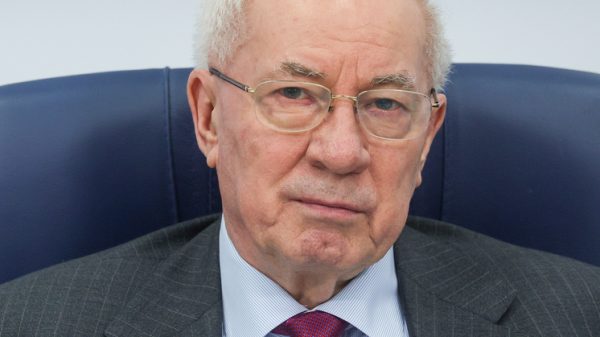





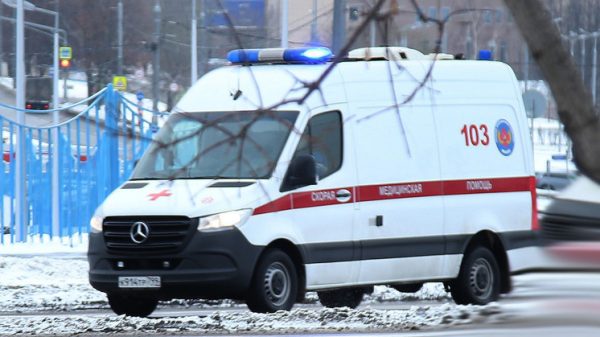

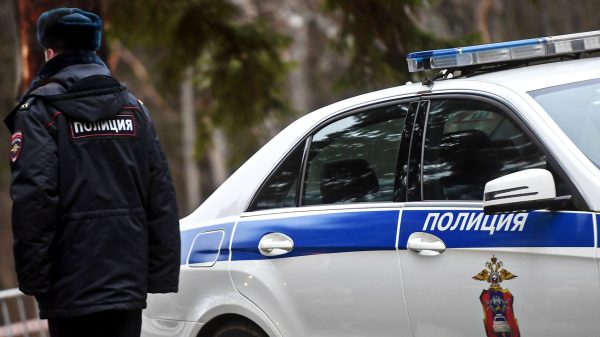
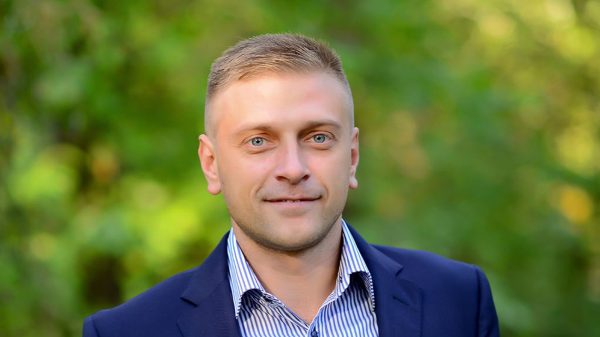






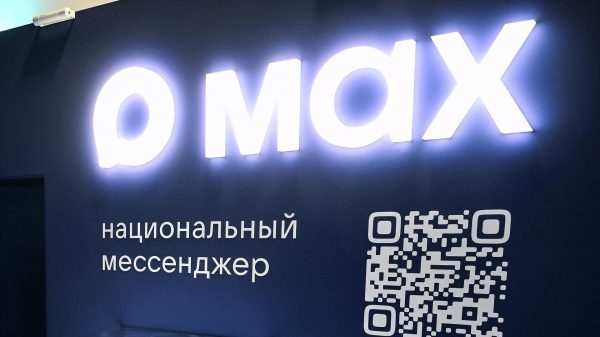
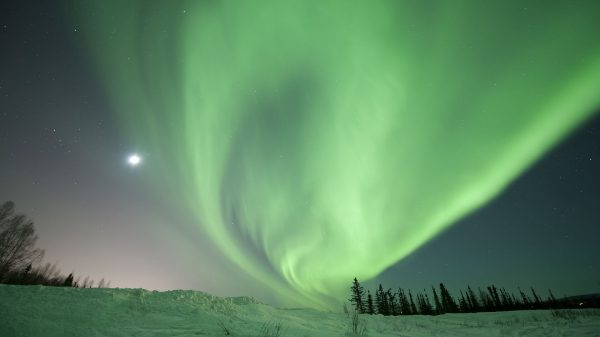
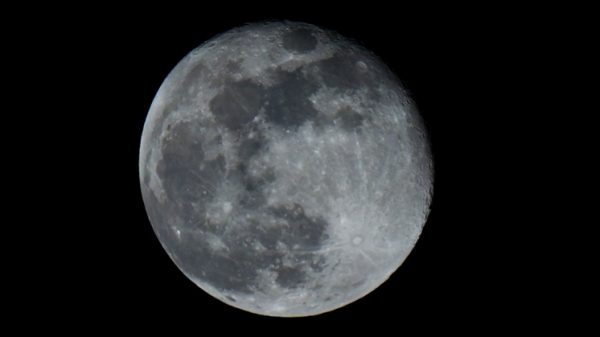






































Свежие комментарии